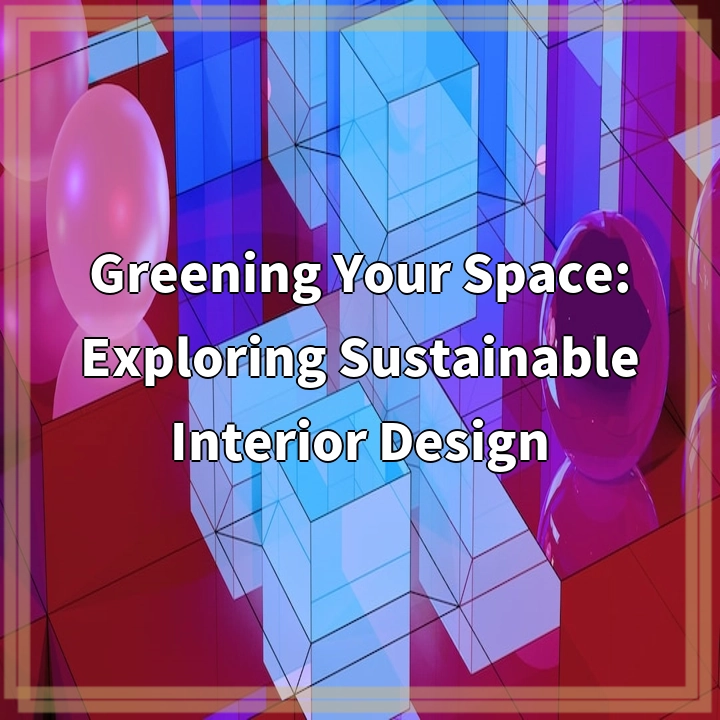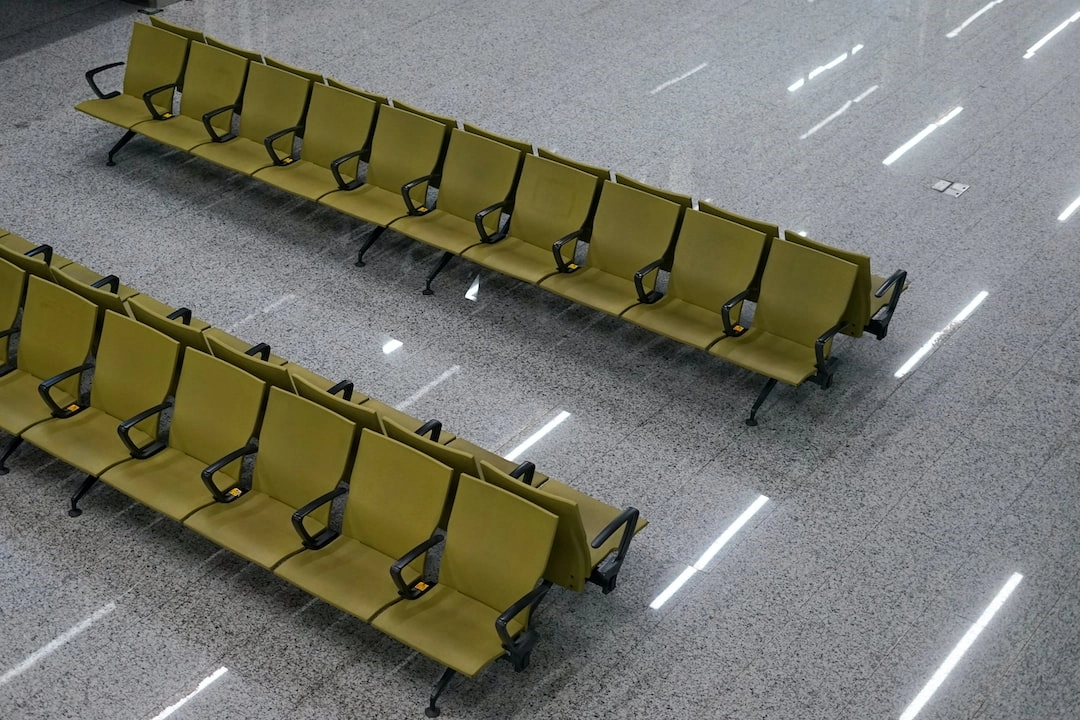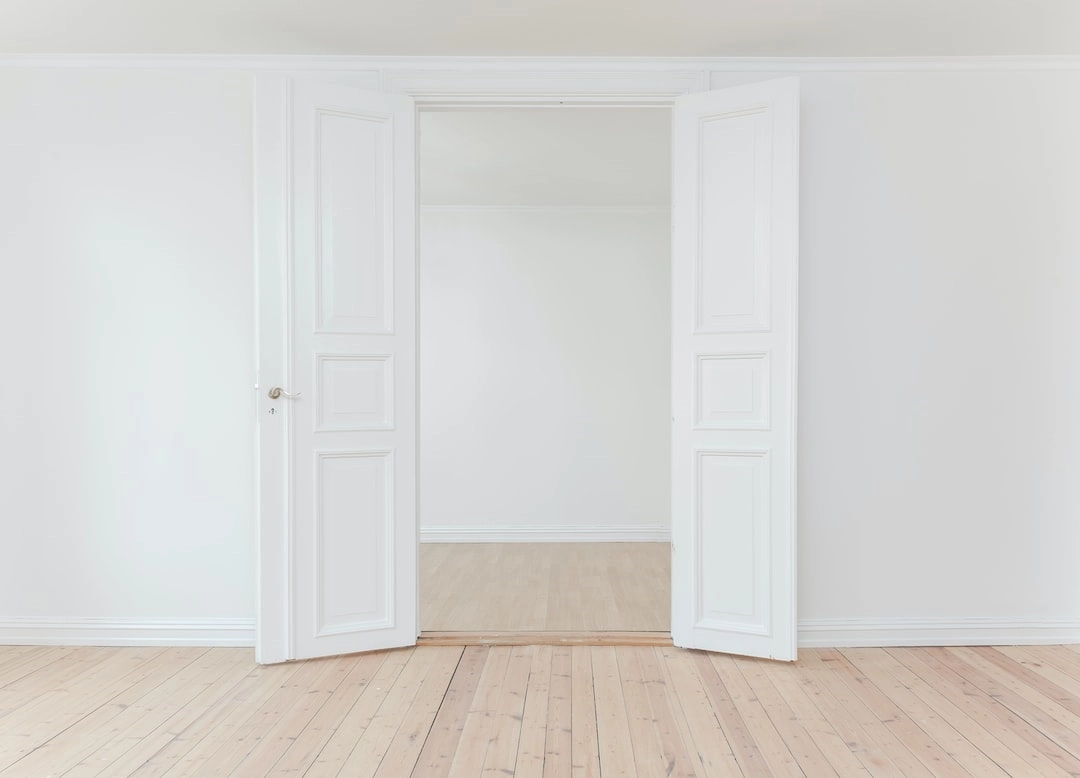
Greening Your Space: Exploring Sustainable Interior Design
Sustainable interior design involves creating spaces that are environmentally friendly, energy-efficient, and socially responsible. It focuses on maximizing the use of recycled materials, reducing waste, conserving energy, and promoting the well-being of occupants. By incorporating sustainable practices and principles, interior design can have a positive impact on both the environment and human health.
Real-World Problems
Despite the growing awareness and adoption of sustainable interior design, there are still some real-world problems that need to be addressed:
Lack of Awareness
One of the major challenges is the lack of awareness among consumers and designers. Many people are unaware of the environmental impact of conventional interior design practices and the potential benefits of sustainable alternatives. Educating both consumers and professionals about the significance of sustainable interior design is crucial for promoting change.
Availability of Sustainable Materials
Another challenge is the limited availability of sustainable materials. Finding building materials, furniture, and finishes that are sustainably sourced, non-toxic, and durable can be a challenge. Designers often have to spend extra time and effort sourcing eco-friendly products that align with their design vision. Increased demand and investment in sustainable materials can help address this issue.
Cost Considerations
Sustainable interior design practices can often come with a higher upfront cost. The initial investment required for energy-efficient appliances, eco-friendly materials, and green technologies can deter some clients. However, it is essential to recognize that long-term savings, improved occupant health, and reduced environmental impact outweigh the initial cost. Educating clients about the long-term benefits of sustainable design can help overcome this hurdle.
Regulatory Challenges
Regulatory frameworks and building codes vary by region, and some jurisdictions may not prioritize or enforce sustainable design practices. This inconsistency can make it difficult for designers to implement sustainable strategies and may discourage them from pursuing green certifications. Advocacy for stronger regulations and incentives for sustainable design can help address this challenge.
Resistance to Change
Resistance to change is another significant obstacle in adopting sustainable interior design practices. Some designers and clients may hesitate to deviate from conventional design methods or believe that sustainable design compromises aesthetics and functionality. Overcoming this resistance requires showcasing successful case studies, providing evidence-backed research, and demonstrating that sustainability and design can coexist harmoniously.
Sustainable interior design has gained traction in recent years, but there are still barriers that need to be overcome. By raising awareness, promoting availability of sustainable materials, showcasing cost savings, improving regulations, and challenging resistance to change, we can overcome these real-world problems and move towards a greener and more sustainable future.

Solutions for Sustainable Interior Design
Addressing the real-world problems associated with sustainable interior design requires proactive solutions. Here are some strategies that can help overcome these challenges:
1. Awareness and Education
Increasing awareness about sustainable interior design is crucial. Educating consumers, designers, and industry professionals about the benefits and long-term impacts of sustainable practices can encourage widespread adoption.
2. Collaboration and Networking
Creating platforms for collaboration and networking among designers, suppliers, and manufacturers of sustainable materials can promote the availability and accessibility of eco-friendly products. This can lead to increased demand and subsequently reduce costs.
3. Research and Development
Investing in research and development of sustainable materials and technologies can help improve their quality, availability, and affordability. Governments, academic institutions, and private organizations can support such initiatives through funding and grants.
4. Advocacy for Stronger Regulations
Advocacy efforts to improve regulatory frameworks and building codes are essential. Encouraging the adoption and enforcement of sustainable design practices at local, national, and international levels can create a supportive environment for sustainable interior design.
5. Showcasing Successful Case Studies
Showcasing successful sustainable interior design projects can inspire others and challenge the misconception that sustainable design compromises aesthetics and functionality. Sharing case studies and success stories can help overcome resistance to change.
6. Cost-Benefit Analysis
Highlighting the long-term financial benefits of sustainable design to clients and decision-makers can potentially outweigh the initial investment. Conducting cost-benefit analyses and demonstrating the return on investment can make the case for sustainable interior design.
By implementing these solutions, we can overcome the real-world problems associated with sustainable interior design and drive the adoption of eco-friendly practices, creating healthier and more sustainable spaces for everyone.















